How many times have you completed your workout without stretching, which is due to lack of time, or because you may not be aware of the importance of it? Many recreational athletes make this mistake. It is an important part of training before and after it begins.
It is necessary, not only for those who play sports but also for those who sit a lot and do not move enough. One of the best things you will accomplish by doing it is that you will increase your flexibility. Greater flexibility of your muscles will reduce the risk of joint, ligament, bone and muscle injury. Find more on exercise.com.
Do not worry too much about how long you will be in a stretching position, but focus on relaxing your muscles and “resetting” them to their normal elongation at rest, which usually takes between 5-30 seconds for each muscle.
As a general rule, stretching should not be too much effort and you should try to relax as much as possible while breathing deeply while doing it.
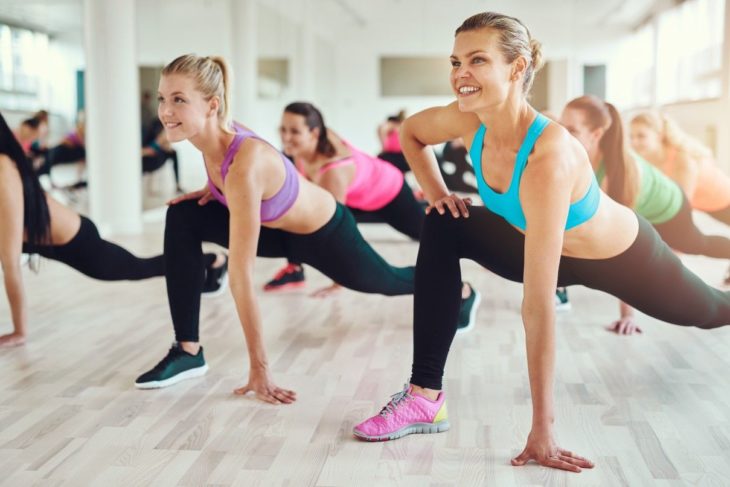
Source: Pinterest
For maximum effect, it is important to know how, why and when to do that. Some of the most important goals are:
- It prevents muscle pain as well as cramps.
- It reduces the possibility of muscle fatigue in the coming days – delayed onset muscle soreness.
- Reduces the risk of muscle injury.
- Increases muscle efficiency in movement.
- Increases the ability of muscles to contract.
- Increases muscle movement.
- Good for relaxing.
Static
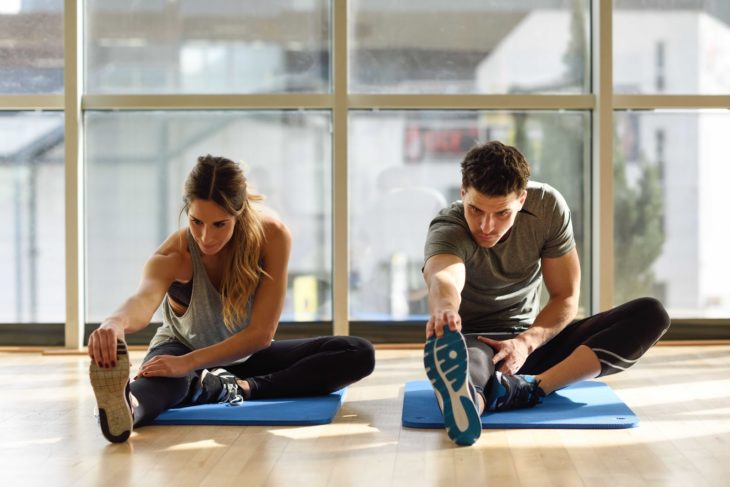
Source: Scrabbl
It serves to stretch the muscles while the body is at rest. It consists of various techniques that gradually stretch the muscle to a certain extent – to the point of maximum muscle elongation/contraction – and not beyond it. The feeling should be like a slight tightness, but no pain. Hold that position for 15-30 seconds, then move to another muscle group. While holding your posture, you may feel warm or mild muscle discomfort.
It activates specialized receptors for stretching muscles. When done properly, it lowers the sensitivity threshold of these receptors, allowing the muscles to relax and then stretch to a greater length. If you have an injury or are recovering, do not work in the area to make the situation worse.
It is performed at the end of the training and not at the beginning, as it can reduce the strength of the muscles.
Dynamic
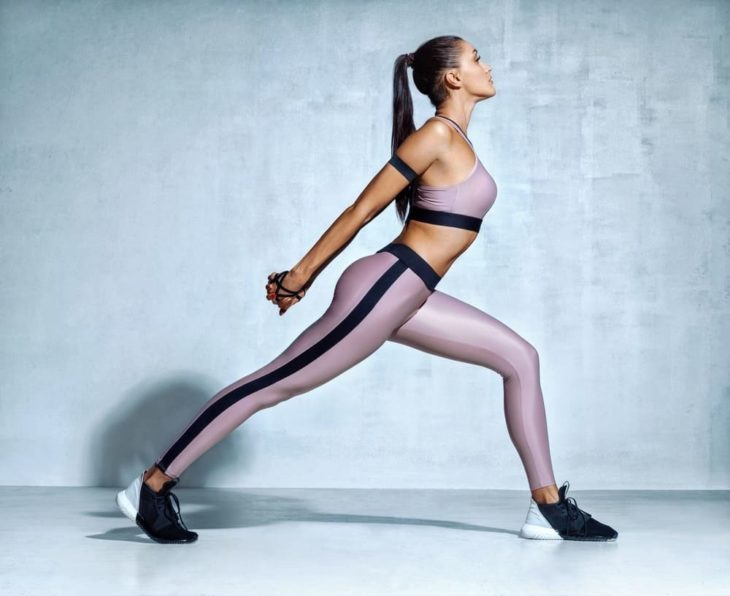
Source: Depositphotos
Dynamic is similar to static in range of motion, but not in speed of execution. This is where the muscles accelerate from the contracted to the stretched position and back, making sure that the range of motion is not exceeded as in static. Dynamic gives slightly weaker effects than static, but it is excellent as a kind of warm-up and is highly recommended in those moments. If this range of motion is crossed then the dynamic becomes ballistic.
Ballistic
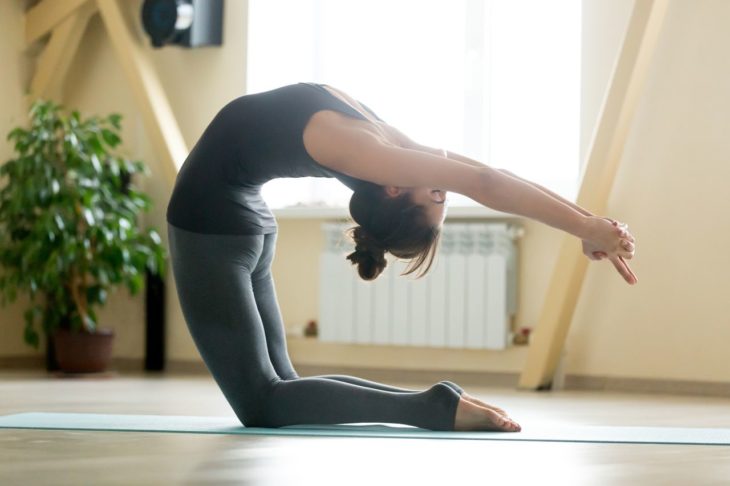
Source: Fitness Vigil
Ballistically forces the leg or arm to enter the highest load (dynamic mode) when the muscle is objectively not relaxed enough to perform it. This involves fast movements at the very physical limit of the movement. Ballistic is very dangerous and increases the risk of injury! It is by no means recommended for recreational and beginner, but not even experienced athletes without the help of experts. Only elite athletes who know their bodies to the point with the supervision of their trainers are able to perform them properly. The advantages of this method over others are also debatable.
Therefore, it is much better to go with the hyperbolic type of stretching as it is much safer. A Healthy Point of View made an excellent review of this type and therefore we won’t address it here. Just head out and check it yourself.
Active
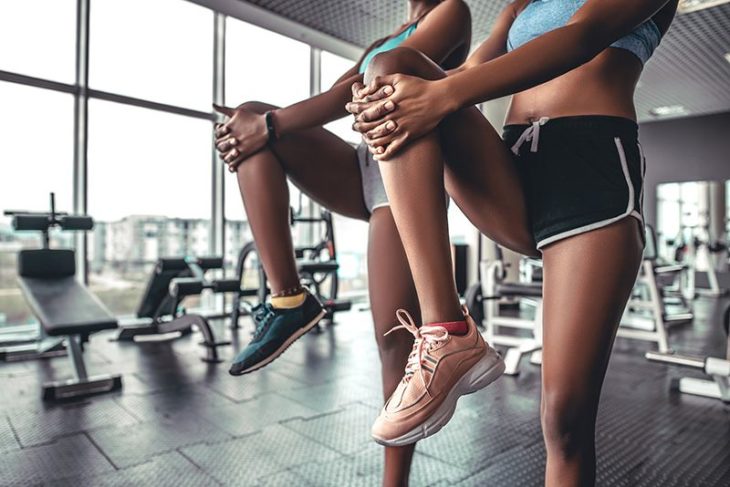
Source: Pinterest
It actively eliminates force and its effects from muscle stretching. But first two terms: agonism and antagonism – these are two opposite concepts, and in our case, they relate that one muscle counteracts the other, such as arm twisting. So while one muscle contracts (agonism) the other slows it down (antagonism). The force acting on the muscle stimulates it to activate the protective reflex and contract it. This applies when one muscle antagonizes another. And this type does not have any particular advantage over static. Usually, the arm muscles antagonize the leg muscles at the cool-down phase.
Isometric

Source: Runners Blueprint
Isometric is a form of static, where there is practically no movement in the joints because isometric implies that the muscle has the same length during stretching. This may sound paradoxical because the muscle is stretching and stretching is zero! This means that there must be the same antagonistic force or resistance so that the result is zero. That force is in the form of pushing an object, an obstacle, of course in a static form. So, the range of motion is not used here as in other stretching modes, but force cancels movement. Combining isometric with other methods is best, especially with static. Check out Citizen Journal for more info.
Here are some other things to do before and after your workout:
Hydration
It is unnecessary to talk about how important water is, if not the most important fluid to your health. It has been proven that the recommended daily intake is about 2.5l of water or 8 glasses. Here’s a little trick: If you spend 8 hours or more at work, keep bottled water on the table so you can only make yourself drink water. You will see – the habit is a miracle. Hydration regenerates muscles, provides energy for training and improves the performance of your body.

Source: healthambition
Proper nutrition
Yes, nutrition is always important, if not the most important factor in every segment of your lifestyle. It is indisputable that 80% of healthy living consists of proper nutrition, while the rest is related to exercise, positive thoughts, and spirit. Good nutrition is not only about counting calories, it’s about eating the right foods that will give your body the nutrients it needs to function properly both physically and mentally. Helpful apps such as the one on fitsw.com can help you with your goal of achieving proper nutrition. It can help you count calories, track your macros, and even give you recipes for healthy meals.

Source: Italian Guide
Massage
Always beneficial and relaxing. If you can’t get used to relaxing before your workout, you can always treat yourself to a one-hour, relaxing massage that will essentially be a replacement for the medications or preparations you are used to after a hard workout.

Source: Facebook
Conclusion
So the rules are clear. Warm-up (dynamic stretching) before training and be sure to stretch (static) after training and you will quickly feel the positive effects.
